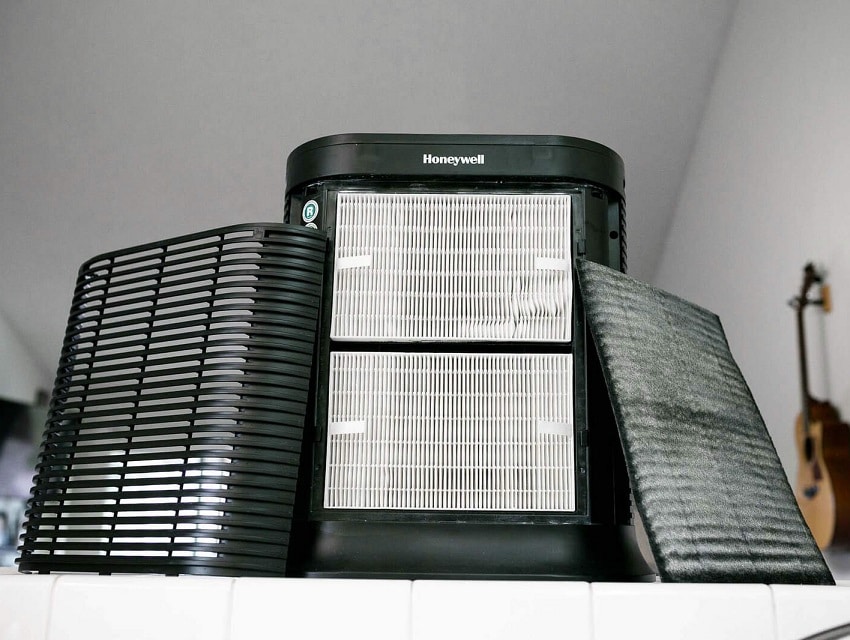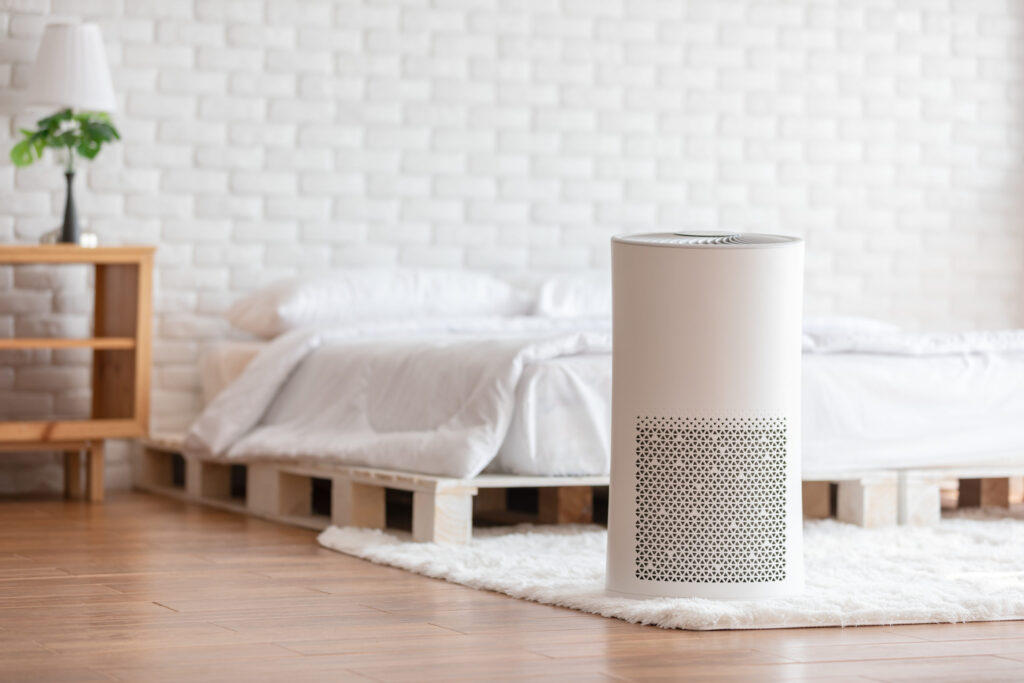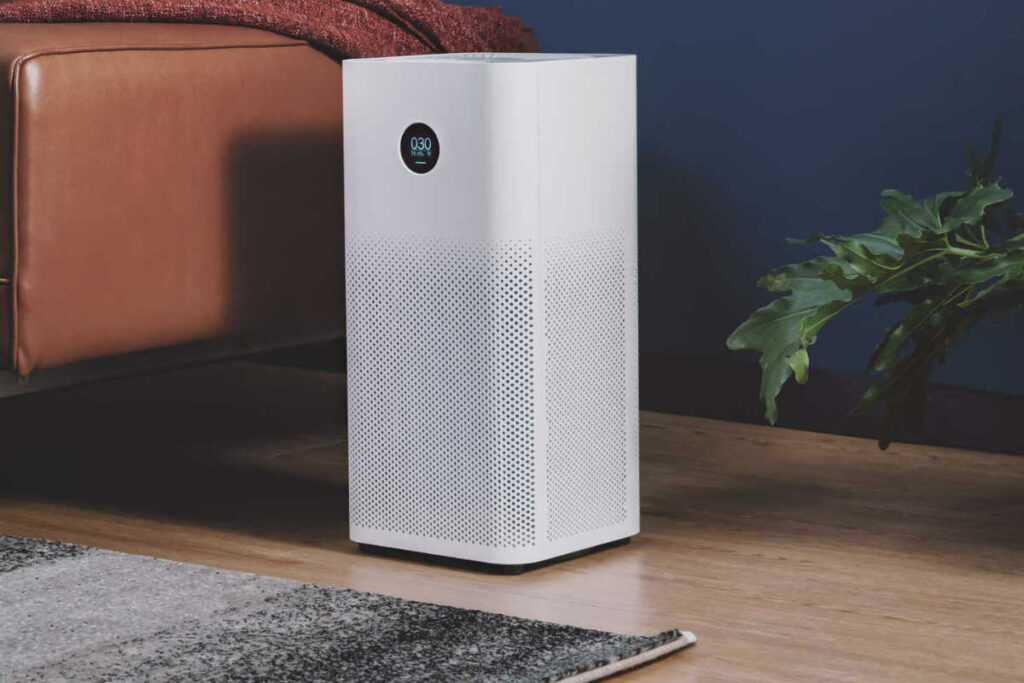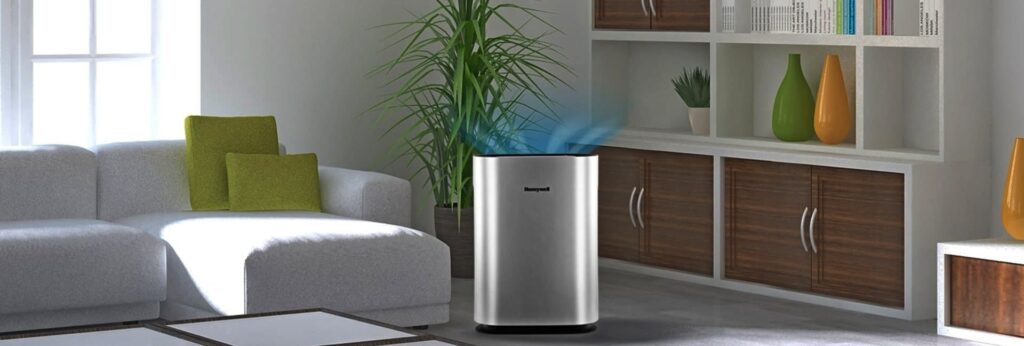There are many benefits to investing in an air purifier for your home. With that in mind, you might be wondering just how many air purifiers do I need? Do you need one for the whole house or would it be better to have one in the most used rooms?
Today we’ll cover some guidelines on calculating the number of units you need for the best results. We’ll also highlight a few features you should consider when choosing the best model for your home. Read on for all the information you need to make the right choice!
It’s important to understand the difference between air purifiers and humidifiers so that you can get the right unit for your home. Air purifiers clean the air in your home by removing pollutants from the air. By doing this, they improve the air quality.
Humidifiers make the air more pleasant to breathe by adding moisture to the air.
If you think one portable air purifier will do the trick for your home, you might be in for a surprise. To achieve maximum results with your air purifier, you might need more than one unit. How then will you know how many units to invest in? There are a few factors to consider and even a few calculations to determine just how many air purifying units your home will benefit from. Read on to see what they are!
There’s a simple equation to use to calculate the amount of indoor air. It works as follows:
Volume (indoor air) = Indoor area (in sq ft) x Ceiling height (in ft)
For instance, if you have a 1,000 sq ft home and 8 ft ceiling height, your indoor air calculation works like this:
1,000 sq ft x 8 ft = 8,000 ft ᶾ
Eight thousand cubic feet of air will need to be cleaned about 4 times for it to be effectively purified. That is often referred to as 4 ACH (Air Changes Per Hour). That then means you need to purify 4 x 8,000 ft ᶾ of air per hour.
Once again, the capacity of your air purifier is unique and will depend on the unit you’ve chosen. On average, though, most air purifiers have an airflow of 200 CFM. Essentially that means the unit can clean 200 cubic feet of air per minute.
A general rule of thumb with air purifiers is that you need about 100 CFM for each 250ft² of room space. To get the square footage of your room, you’ll need a tape measure and a friend. Measure the length and width of your room in feet. You then multiply the two numbers, and this will give you the size.
Once you have the ft² measurement, consider the following:
No. of air purifiers = Amount of air to be cleaned (in ft ᶾ/h) / Air purifier airflow (in ft ᶾ/h).
If one air purifier cleans an average of 12,000 ft ᶾ of air, three quality units will clean about 24,000 ft ᶾ.
A good idea would be to buy different air purifiers for different rooms. Some rooms, like your children’s rooms, might have less air pollution. Living rooms where people might smoke will need a stronger air purifier.
Once you have determined the size of each of the most occupied rooms and the estimated pollution levels, you can determine the type and size of air purifier you’ll need. Here’s an example:
| Coverage Area | Air Changes Per Hour (ACH) | Number of Air Purifiers Needed |
| 800ft² | 4 | 2 |
| 1,200ft² | 4 | 3 |
| 1,600ft² | 4 | 4 |
| 2,000ft² | 4 | 6 |
| 2,400ft² | 4 | 6 |
| 2,800ft² | 4 | 7 |
| 3,200ft² | 4 | 8 |
If your space only requires two Air Changes Per Hour, you just halve the amounts of air purifiers in the table above. But it’s recommended that you always strive to get 4 ACH for improved air quality.
In a home where you require three air purifiers, consider putting them in the most frequented rooms. For instance, the living room, kitchen, and main bedroom.
Bigger spaces such as 3,200 sq ft might require two or even three purifiers in the bigger rooms such as the kitchen and living room. Rooms, where
people smoke
Trusted Source
Smoking out sources of in-home air pollution: A new study finds that cigarette and marijuana smoking, as well as candles, cleaning products and frying food, all harm a household's air quality -- ScienceDaily
An ambitious study has investigated various factors that contribute to air pollution inside the house. Not surprisingly, cigarette smoke emerged as a major source of airborne particles in homes with smokers, but cleaning products, candles, frying food and marijuana smoking also jumped out as in-home air polluters. It’s the first study to identify marijuana as a significant source of in-home air pollution.
www.sciencedaily.com
might also require more than one air purifier.
To give you a more detailed breakdown of what your particular room might need, consider the following recommendations:
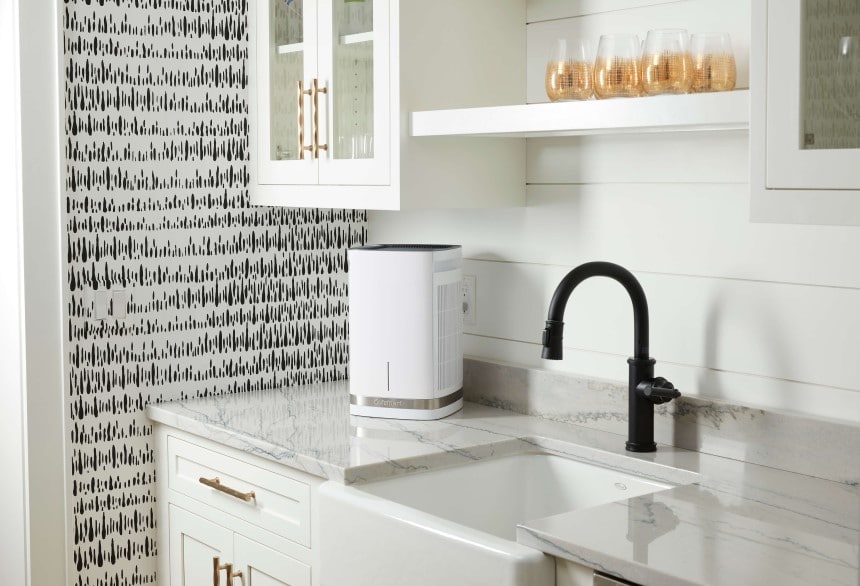 Areas leading to front or back doors will need air purifiers with True HEPA filters to block outdoor pollutants.
Areas leading to front or back doors will need air purifiers with True HEPA filters to block outdoor pollutants.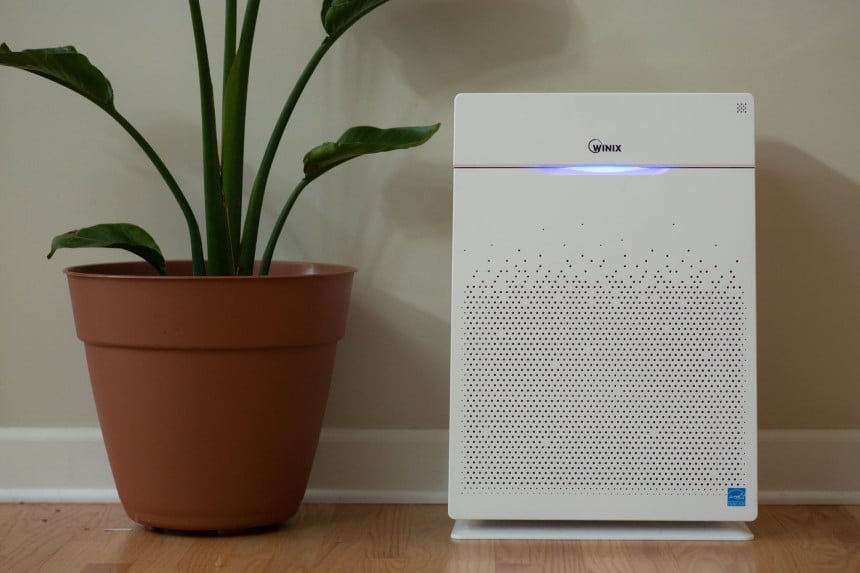 Baby nurseries or rooms will need a low-noise air purifier with a
True HEPA filter
Trusted Source
HEPA Filter - an overview | ScienceDirect Topics
HEPA filters are protected from blockage by prefilters which remove up to about 90% of particles from air.
www.sciencedirect.com
to absorb as many pollutants as possible. The light display should not bother your baby, so be mindful of where you place it.
Baby nurseries or rooms will need a low-noise air purifier with a
True HEPA filter
Trusted Source
HEPA Filter - an overview | ScienceDirect Topics
HEPA filters are protected from blockage by prefilters which remove up to about 90% of particles from air.
www.sciencedirect.com
to absorb as many pollutants as possible. The light display should not bother your baby, so be mindful of where you place it.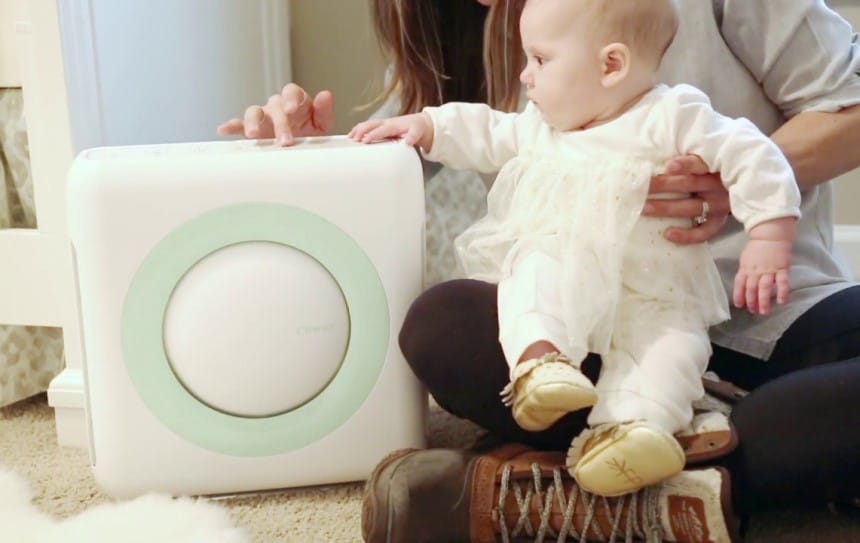 Basement and attic areas require air purifiers to work in conjunction with dehumidifiers to prevent the growth of
mold and mildew
Trusted Source
Allergies? Tips to minimize your exposure to mold - Harvard Health
Even if you are getting allergy shots or taking medications, the best way to help your shots and other allergy medicines do their job is to reduce your exposure to allergens. Avoidance is the best medicine!
www.health.harvard.edu
.
Basement and attic areas require air purifiers to work in conjunction with dehumidifiers to prevent the growth of
mold and mildew
Trusted Source
Allergies? Tips to minimize your exposure to mold - Harvard Health
Even if you are getting allergy shots or taking medications, the best way to help your shots and other allergy medicines do their job is to reduce your exposure to allergens. Avoidance is the best medicine!
www.health.harvard.edu
.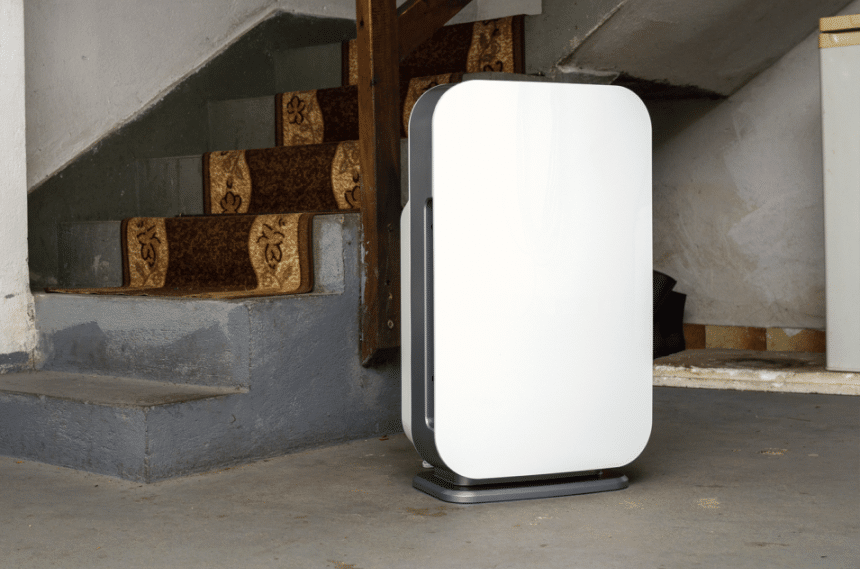 Other factors to consider
Other factors to considerKnowing the capacity of an air purifier is essential. Being aware of features such as noise levels and the types and quantities of air filters are equally important. You’ll also want to consider how often and easy the unit is to maintain.
Filters and noise level settings are key features to consider. Read on to see what you should look for.
Filters: Since you don’t necessarily want to spend a lot of time and money changing air filters all the time, it’s best to consider a model with a strong, quality filter. Some units can have as many as 5 filters that need to change at one time.
It’s important to consider how many times the filters need to be changed versus the cost of the filters. It might be wiser to upgrade to a unit that’s more expensive initially but cheaper in the long run with the cost of the filters.
Bear in mind that filters become clogged and weaker over time which will result in weakened airflow. So, to maintain air quality, changing filters shouldn’t be skimped on. Factor the cost of filters into your budget.
Models such as the Coway AP-1512HH Mighty Air Purifier has a 4-stage filtration system and captures 99.97% of particles and pollutants. The pre-filter is washable and permanent. This unit is compact and excellent for capturing a variety of airborne particles such as pet dander, dust, and mold. It’s often regarded as the best air purifier for mold and mildew.
Noise level: An air purifier is quite simple to operate. You also don’t need too many additional features. You do, however, need to consider the noise level. When you hear it for the first time, you might think it’s not too bad. But ask yourself how that noise will sound to you after being on for about 6 hours.
Consider where the unit will be. If it’s in a room with small children, will the noise keep them awake? Can the noise level be adjusted? Typically, the noise level can be within the 40 to the 50-decibel range before it starts being annoying.
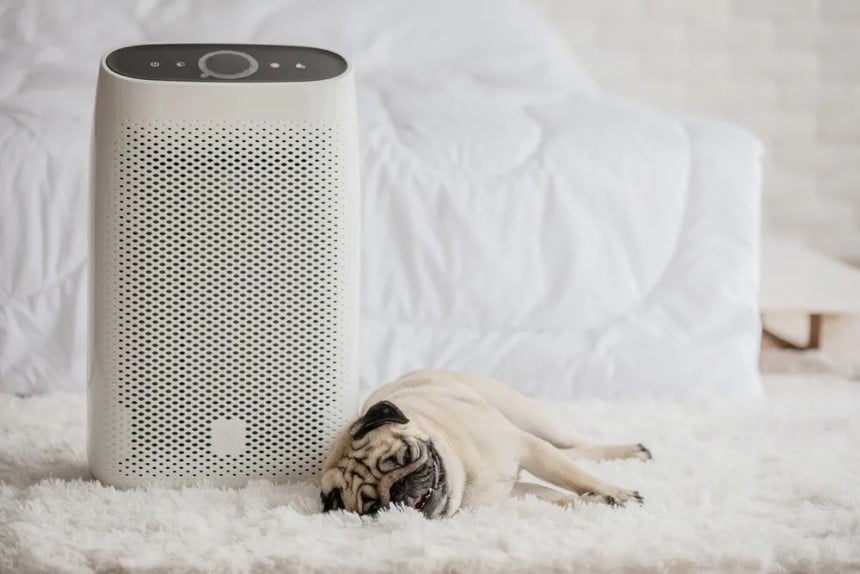
Pollutants: When choosing the unit that’s best for your home, you need to consider the various pollutants that might be in the air in your home. Does anyone in the home smoke? Do you have a hobby that releases fumes into your home, such as painting? A home with smokers will require some extensive research into the best air purifier for smoke.
Is your home filled with many indoor plants that release pollen? Do you live in an area where your home is exposed to a lot of dust? This is often the case for those living next to open fields.
Analyzing the pollutants in your environment will give you an idea of the type of filters you need to get.
If you live in an environment with more than average levels or types of pollutions, you might want to consider the Coway Airmega 400 Smart Air Purifier. This model has a pollution sensor that communicates indoor air quality in real-time. A bright LED ring lets you know how dirty your space’s air is. You can amend the setting and fan speed to purify the air faster. The Conway Airmega is a strong contender for the best whole house air purifier.
Read on for the answers to a few of the more commonly asked questions surrounding air purifiers.
The good news is air purifiers are energy-friendly! On average, a medium-sized air purifier consumes about 50 watts of electricity. The bulk of the power is drawn in by the unit’s air purifier. A unit that runs for an average of 12 hours will cost you around $2.15 per month. This is assuming the unit runs at maximum speed and your electricity rate works at 12 cents per kWh.
The time it takes for an air purifier to clean a room depends on the room size, fan speed, and purifying coverage. Not all units work the same, just as all rooms are not the same size. But the general time averages between 30 minutes and 2 hours. You’ll notice a difference in the air quality of your room within about 3 hours.
Common sense tells us that appliances shouldn’t be on all day if you want them to last. Right? In terms of air purifiers, you’d be wrong with that assumption. Air pollution is a continuous and inescapable problem. It’s therefore advisable to keep your air purifier on all day. Manufacturers have factored this into their designs, so the units are capable of running all day. There are no disadvantages to keeping the units on all day as they’ll just continuously keep cleaning the air. A pro tip here is to ensure that you change the filters regularly.
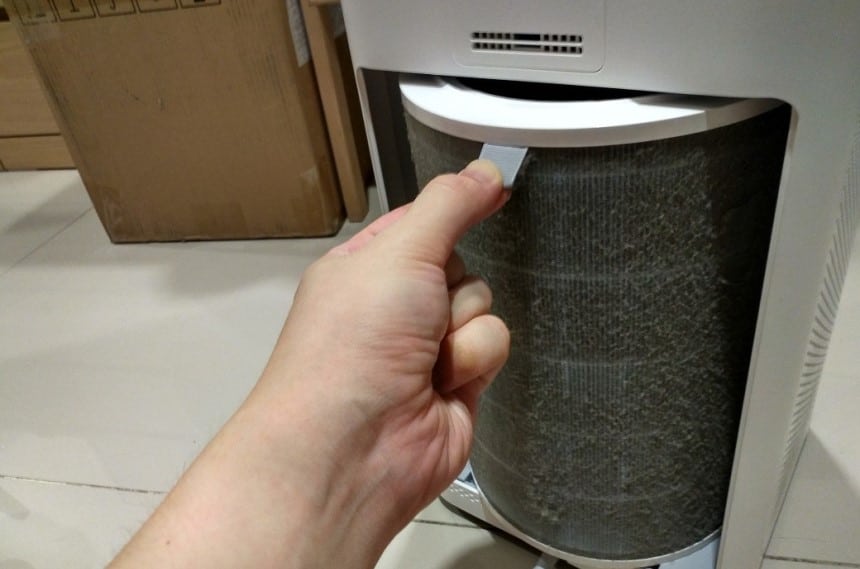 Final thoughts
Final thoughtsEnsuring that you choose a superior air purifier is necessary to maintain higher levels of air quality in your home. Using the calculations we’ve highlighted in our article will ensure that you have the right number of air purifiers in your home. You’ll no longer have to ask yourself – how many air purifiers do I need? Invest in quality products to give your home a breath of fresh air!
